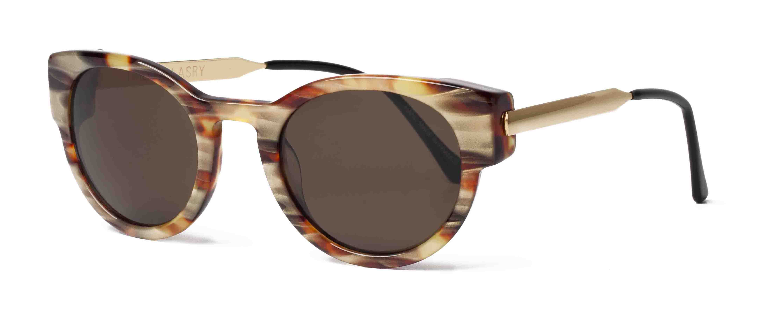
As the College Bowl season is approaching, speculations are starting to emerge, not with who the Bowl-eligible teams will be, but what will be in the champ’s gift baskets. Whether it’s the PlayStation 3, the $420 Best Buy gift card or Beats headphones by Dr. Dre, the swag in these gift baskets will generate tons and tons of buzz.
The gift bag/giveaway opportunity often arises for both consumer and B2B brands, whether it’s part of an event sponsorship, trade for media time and space, trade shows or a direct mail piece. Picking the right item can mean the difference between it becoming a daily reminder of your brand or making its way to the transfer station.
When you participate in swag bags or giveaways, don’t always go for the obvious. Sure, it’s great to include tickets if you’re marketing an event, but try to add something to round out the experience. A drink voucher or, to make it a VIP package, try partnering up with a a car service. Here’s what else you can do:
Consider the atmosphere. At a recent ultra-luxury event attended by Mascola, one extremely high-end sponsor put a key chain in the gift bag. A key chain? Come on.
Find synergies. Take time to think about interests or experiences that both complement your brand and appeal to your audience. Cigar effcianados index high among boaters. History buffs often enjoy gardening. Stan Lee fans index high among scientists and engineers.
Remember that it’s OK to be trendy. As long as the trend is relevant to the audience. Logo’d Gangnam Style Sunglasses aren’t for everyone; but at an event with 20-somethings, they could land your brand all over Instagram.
Go for quality. Of course the classic swag items will always be popular. Pens, notepads and t-shirts are a little overdone, but they’re useful items. But if your pens don’t work, sticky notes don’t stick, and your t-shirts are utterly uninteresting (or only available in Men’s XL), don’t even bother; they’ll just end up in the bin with your cheapened brand.
Just like everything else in marketing, to do swag right, you need to invest. If you do it right, you’ll get the buzz you need for your brand. Do it wrong, and you might as well buy yourself a bad PR story.